Foreign scientists accused of biopiracy in Zim
- By Zimpapers Syndication |
- 20 Feb, 2025 |
- 0
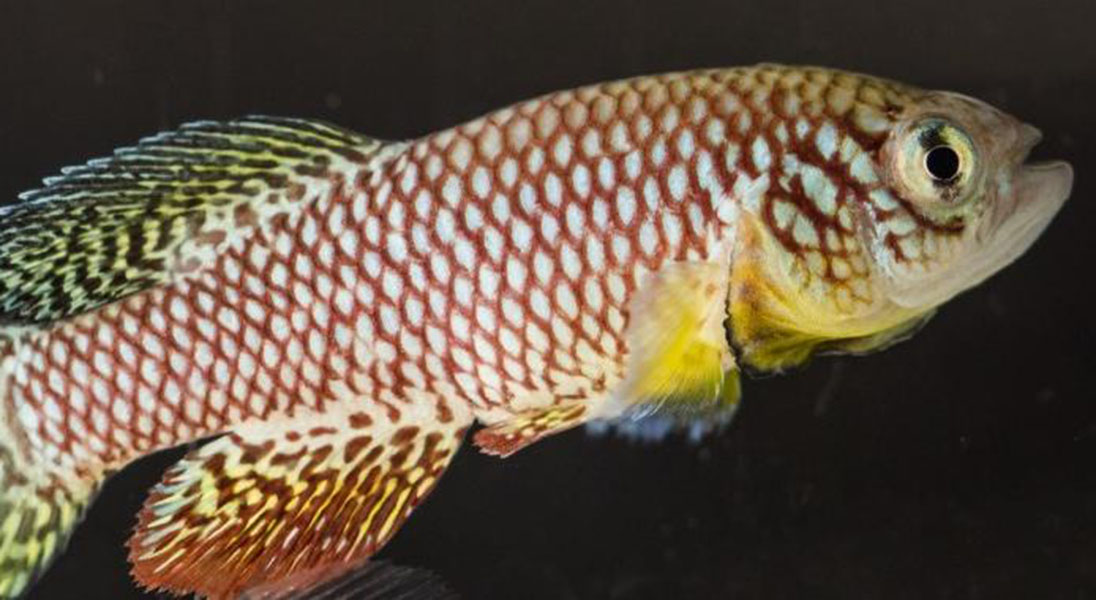
Sifelani Tsiko ---
Japanese scientists are facing allegations of biopiracy after they allegedly acquired specimens of the turquoise killifish, a rare and unique fish on the International Union for Conservation of Nature Red List found in small pans dotted around the 5 000-square km Gonarezhou National Park situated in the south-eastern Lowveld of Zimbabwe, without having negotiated permission to use them with the Zimbabwe Parks and Wildlife Management Authority.
A parks senior ecologist, Rose Mandisodza-Chikerema told Zimpapers Syndication Services recently that the parks authority got to know about this after a team of Japanese scientists wrote a letter requesting to be allowed to conduct joint research on the small killifish species known as the Nothobranchius furzeri in biological terms.
“We just don’t know how the Japanese scientists got hold of the fish specie, which is found in Zimbabwe and rarely elsewhere in the world,” she said.
“They got hold of it (killifish specimen) illegally and there are no records to show how they got it. We only got to know about this after they wrote us a letter seeking permission to do collaborative research on it with us.”
At issue is the killifish, which is now seen by researchers from Japan and other Western countries as the key to understanding the ageing process in humans.
Marine researchers say the fish has a short lifespan, probably due to the short rainy season. They say the Nothobranchius furzeri, which was named after its “discoverer” Richard Furzer in 2002, can grow into adults capable of reproduction just three to four weeks after hatching.
Then, the shimmering colours of youth pale, the fins fray and the spine becomes progressively curved as the fish passes through every ageing phase.
Marine researchers say the eggs develop at the bottom of the pond and if the pond dries up, the embryos fall into a state of suspended animation (the temporary cessation of most vital functions without death) and can survive months of drought.
They say it ages, even when there is no threat of early death due to desiccation (to dry out thoroughly). Burrowing through past research journals is quite revealing.
Ever since, Furzer captured the Nothobranchius species in the Gonarezhou National Park in 1968 and took the specimens to Europe, more hobby aquarists have bred the offspring in aquariums over a period corresponding to around 80 fish generations, according to Dario Valenzano, who investigates the evolutionary genetic basis of vertebrate lifespan and ageing at the Max Planck Institute for Biology of Ageing in Cologne, Germany.
In 2004, Valenzano and several colleagues travelled to Mozambique, close to the Gonarezhou National Park, in search of the killifish. The researchers found the fish in several locations and captured several dozen fish in four habitats and took them back to the laboratory, where they bred them.
The wild fish lives for 25 to 32 weeks, longer than the laboratory ones. Valenzano had to wait for five years to gather the necessary papers from the national park authorities in Zimbabwe to enable him to only take tissue samples for genetic and intestinal analysis. He secured all the permits this year.
Japanese scientists got specimens of the killifish illegally and it is reported that they are also keen to conduct anti-ageing studies using the species found in Zimbabwe.
“They are keen to conduct studies here but we want to first establish how they got the killifish specimen they have,” said Mandisodza-Chikerema.
“They need to return the samples first before we can conduct collaborative research on it. It appears most researchers are coming in as tourists to illegally grab some of our genetic resources which they later use in their laboratories in ways that we don’t know and do not benefit the country.
“They took samples without proper documentation. We are still discussing internally and we want to ensure we start on a freshpad.”
Scientists from developed nations have a long history of exploiting genetic resources of indigenous populations for their own personal benefit.
Whereas the ill treatment was once centred on acquiring land and natural resources, the latest developments suggest a new form of exploitation which is more subtle and intense and costs Zimbabwe and most African countries billions is biopiracy.
Biopiracy, also known as bioprospecting, is legally defined as failing to obtain permission to collect samples, failing to disclose one’s motivations in collecting samples, failing to follow national laws, or failing to follow a company’s self-regulatory guidelines.
Critics of the plunder of genetic resources in Africa and other developing countries say this is tantamount to theft or privatisation of biological materials such plant and animal resources.
In recent years, biopiracy has become an increasingly prominent issue in Zimbabwe and most other African countries.In many cases, it is has been impossible for indigenous communities in these countries to combat the encroachments of researchers from large and affluent corporations.
This has left indigenous populations vulnerable to exploitation as a result of their comparative lack of resources.
Scientists from foreign pharmaceutical companies, for example, travel to Africa, Asia and Latin America in search of potential medicinal components and often times overpower indigenous objections because they can afford the expensive patents and necessary extraction procedures that indigenous populations cannot.
Experts say that the country’s genetic resources have been leaked out of the country for many years now due to lack of laws against biopiracy.
They also say that Africa could be losing more than US$15 billion from its biodiversity as medicines, cosmetics, agricultural products and indigenous knowledge surrounding these are being patented illegally by multinational companies without there being evidence of benefits accruing to local communities in countries of origin.
Presenting a paper titled “Indigenous knowledge in Conservation and Utilisation of Genetic Resources: South Africa Experience”,’ in 2012, Tom Suchanandan, an environmental legal expert in the National Indigenous Knowledge System Office under the Department of Science and Technology, said biopiracy cases are still rising as most African countries are losing huge benefits from their resources due to lack of legal protection against biopiracy.
“The African Union did an economic study in 2005 and it was estimated at that time that Africa was losing between US$5,6 billion and US$8 billion from the theft of its biodiversity,” Suchanandan says.
“Although it’s difficult to quantify the losses, we can give indicators since 98 percent of patents held worldwide are held by developed countries while only 2 percent are held by India and other developing countries.
“Given all this, I suspect the figure could be well in the region of around US$15 billion. This is what Africa is losing annually.”
The killifish is a perfect example of biopiracy as Valenzano now claims that some 40 laboratories around the world are now working with this species which was originally taken from Zimbabwe.
ZimParks is now reportedly receiving enquiries from scientists to send them Nothobranchius eggs so that they can breed the fish in their laboratory.
Zimbabweans are no longer the owners and there is now an international scientific conference on the turquoise killifish held every two years.
This is happening, much without the knowledge of Zimbabweans. Studies by Valenzano and others have found out that as in humans, ageing affects multiple organs in killifish.
“The life history of the killifish is not only interesting in itself. It also offers an opportunity to understand how other organisms age, including humans,” explains Valenzano in a paper modelling ageing.
“Ageing killifish develop cancer, show cognitive decline, become less fertile, lose their pigmentation and become more fragile. These are very general ageing phenotypes, shared by many organisms. “Nothobranchius allows us to study in a short time how these biological mechanisms work.”
Cancer is the most common cause of death in laboratory fish, according to their findings.Critics charge that biopiracy cases are still rising as most African countries are losing huge benefits from their resources due to lack of legal protection against biopiracy.
Zimbabwe is also rich in domesticated plant resources which include cereals, industrial and horticultural crops, indigenous and exotic vegetables, roots and tubers and medicinal plants.
“Very little attention has been given towards inventorying, documentation of diversity and distribution of the country’s plant genetic resources even though there are reported to be threatened,” says Kudzai Kusena, acting curator of the Genetic Resources and Biotechnology Institute (formerly the National Gene Bank of Zimbabwe).
The global economic importance of genetic resources is estimated to be between US$500 billion and US$800 billion but very little trickles to local communities in countries of origin.
In Zimbabwe, some Western researchers and multinationals have in the past also looted genetic materials from the Tuli and Mashona cattle breeds to improve disease resistance for their own livestock, the zumbani plant to make tea, and a host of other medicinal plants to enhance their drugs for the treatment of various ailments.
The theft of biological matter, like plants, seeds and genes in the absence of laws regulating access to these resources will see pharmaceutical, agrochemical and seed multinationals continuing to exploit Africa’s biological wealth and obtaining rights of intellectual ownership illegally to the resources and knowledge of communities.
“Multinationals make huge profits from African biodiversity but are refusing to share these with local communities who own these resources,” said Regis Mafuratidze, an environmental lawyer at a 2012 workshop held to sensitise journalists from the SADC region about the Nagoya Protocol on Access to Genetic Resources and the Fair and Equitable Sharing of Benefits Arising for their Utilisation (NP-ABS) and the Supplementary Protocol on Liability and Redress to the Cartagena Protocol on Biosafety.
All the two protocols are under the Convention on Biological Diversity (CBD) of which Zimbabwe and most other SADC countries are signatories.
And as Dr Tewolde Berhan Egziabher, an Ethiopian plant genetic expert rightly put it: “They are stealing the loaf and sharing the crumbs.”
No Comments



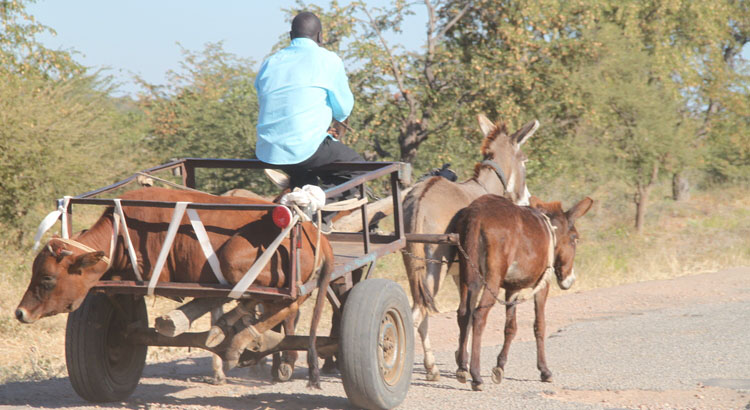


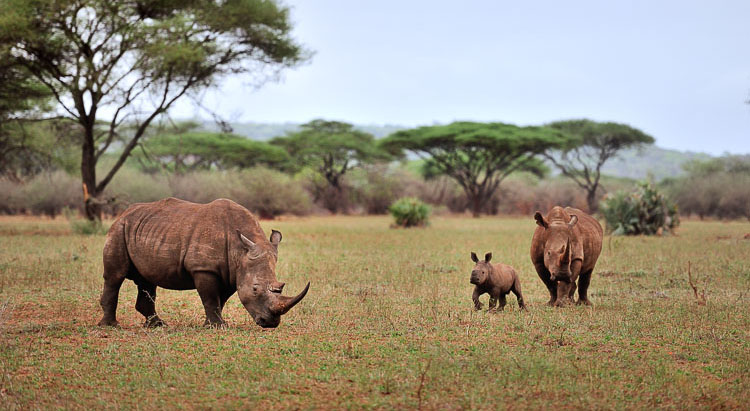
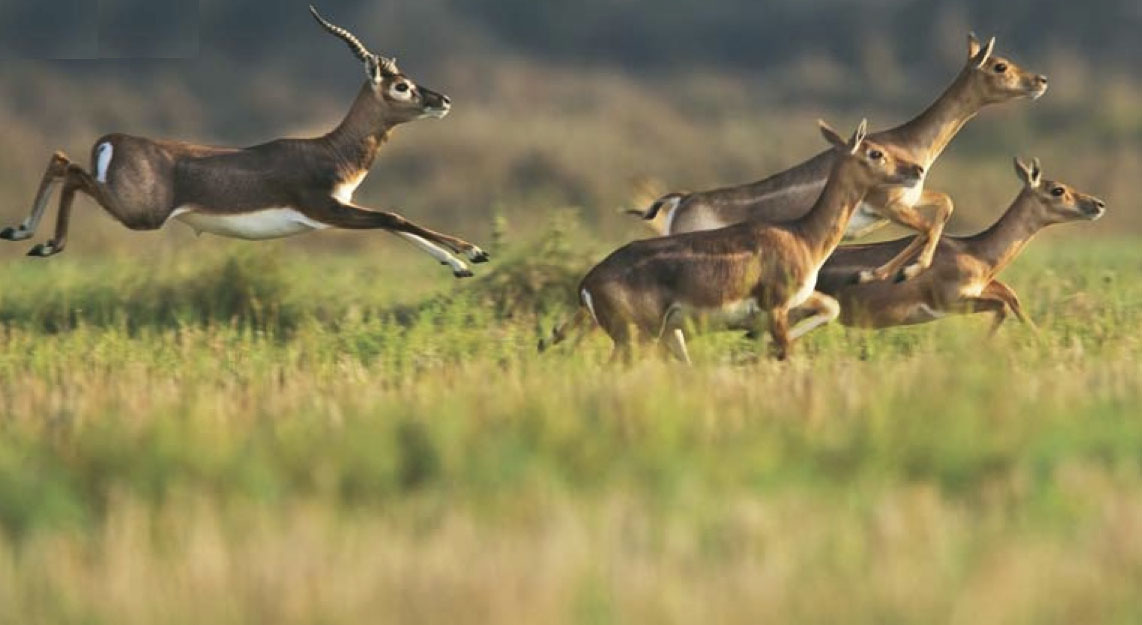

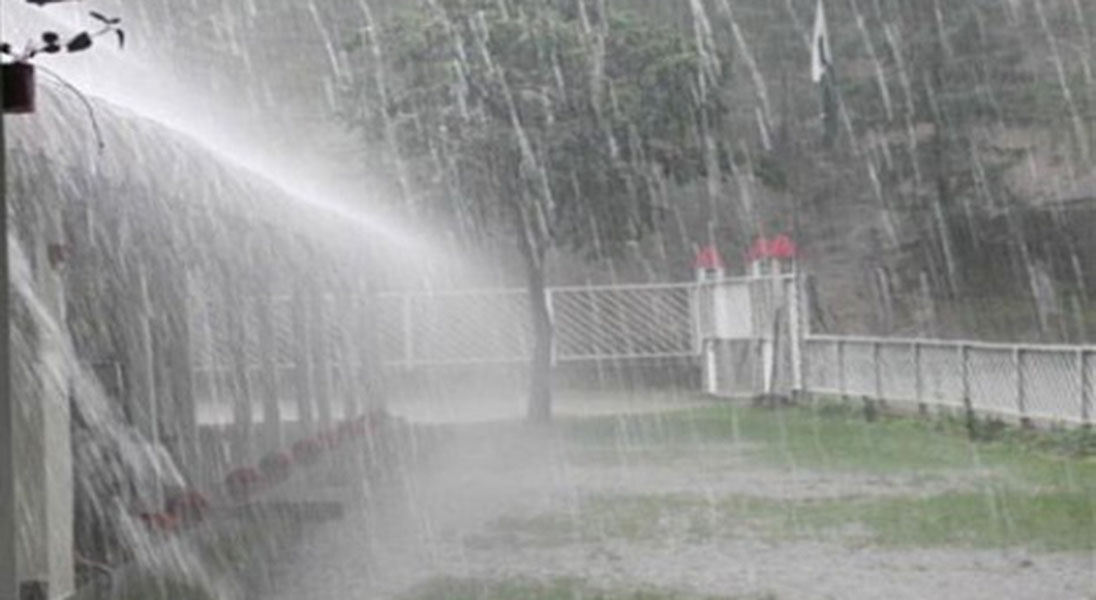
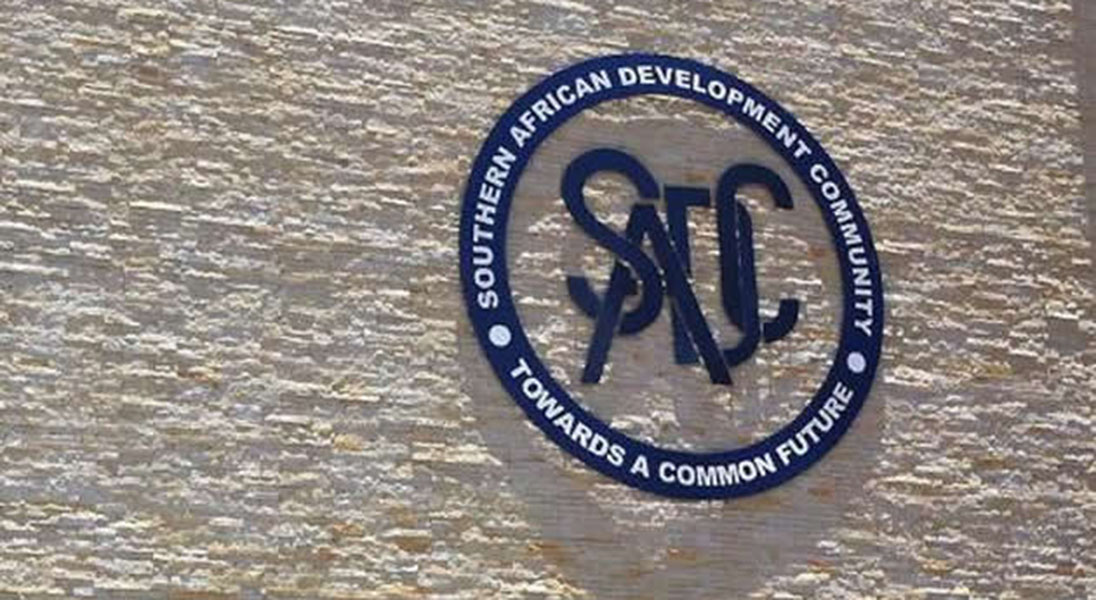
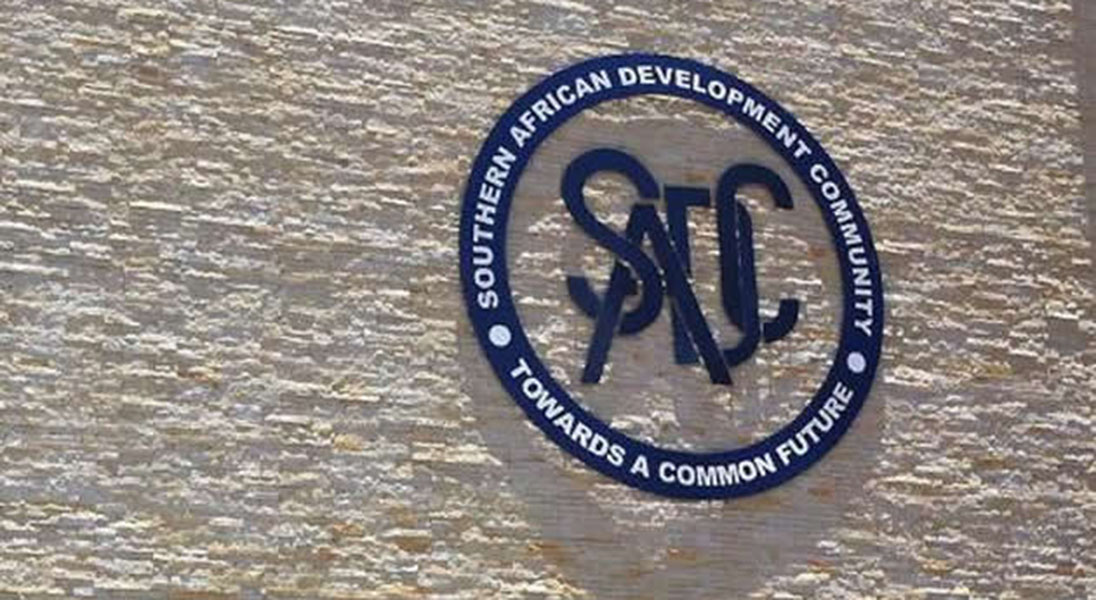
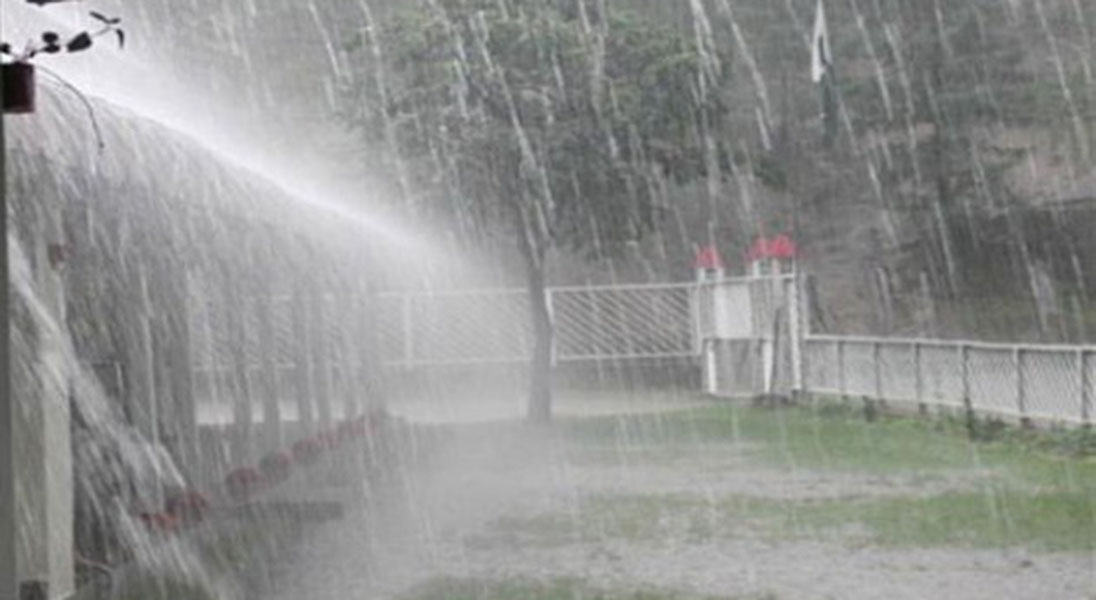
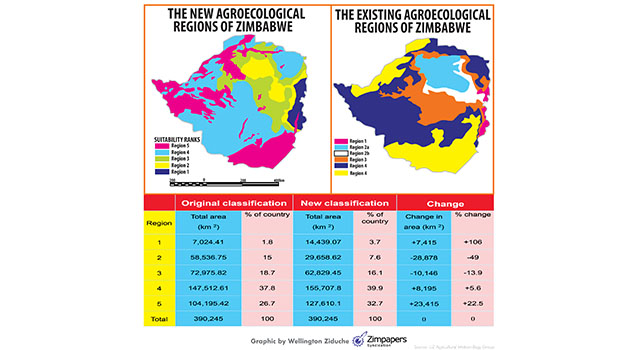
Comment